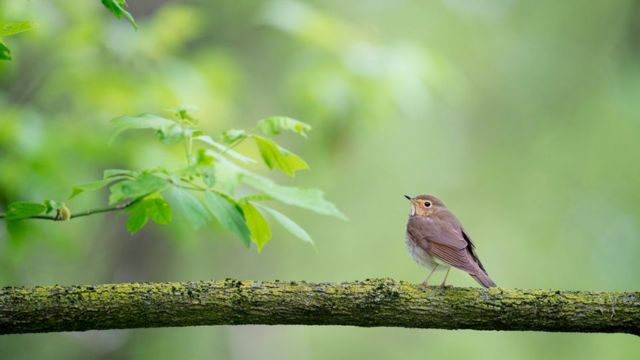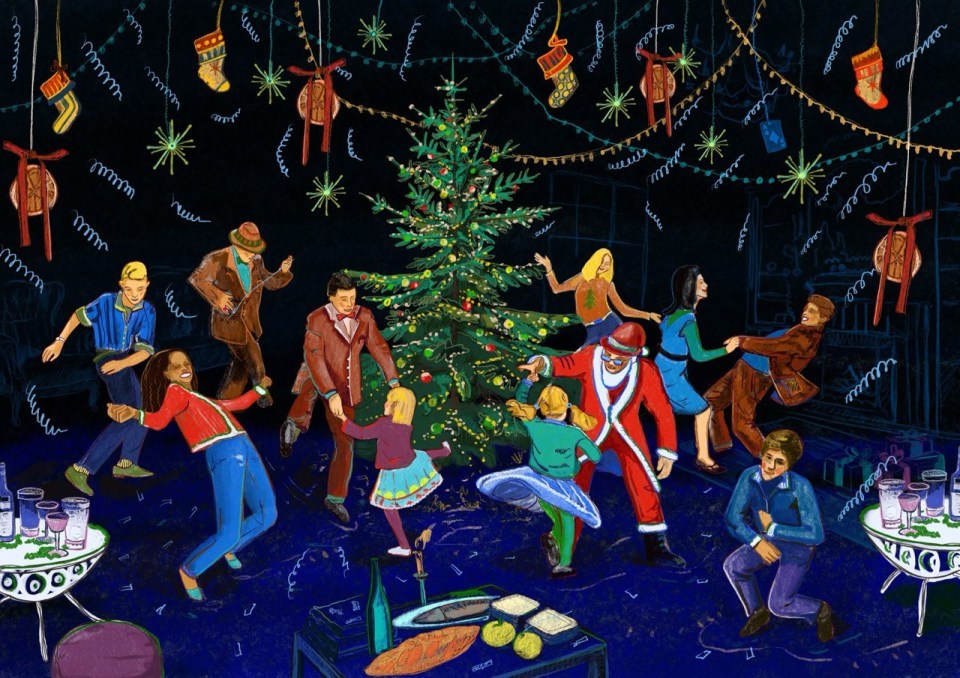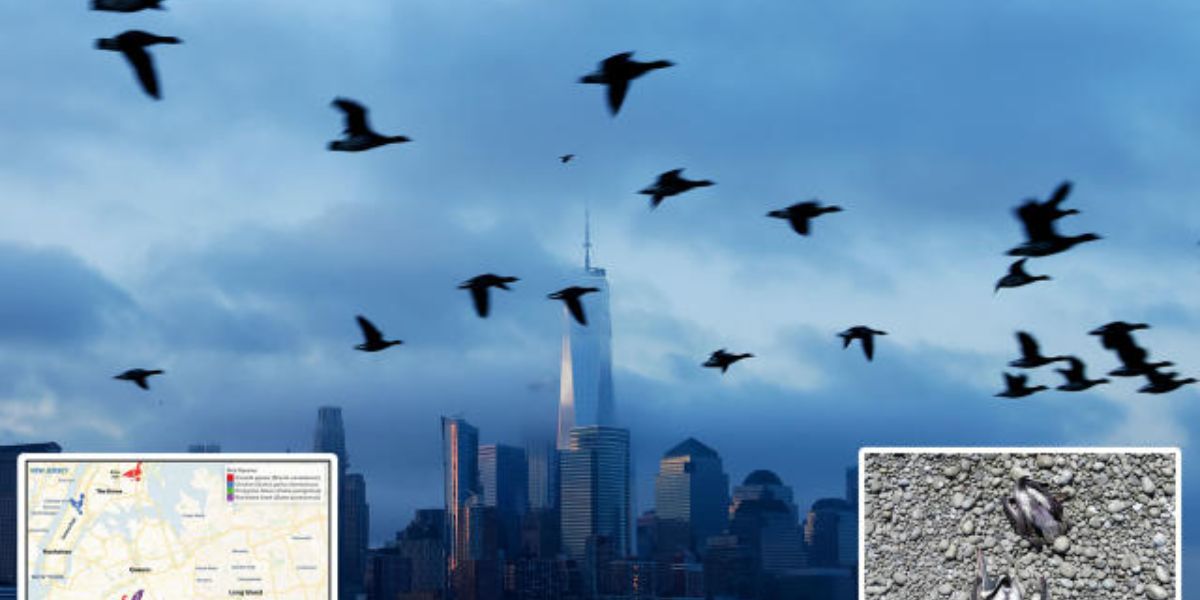Alert! Highly Pathogenic Bird Flu Identified In Birds In New York City
DEBARYLIFE – The latest bird flu outbreak in the United States should concern more than just hunters, chicken farmers, and dairy farmers.
Scientists warn city dwellers, particularly those who own pets, must also exercise caution.
A highly contagious type of avian influenza has been found in a limited number of birds that have been flying through the Big Apple during the last few years, according to research published by the New York City Virus Hunters (NYCVH) Program, a community science effort.
Volunteers gathered 1,927 samples of bird droppings from city parks and green areas between 2022 and 2023. Some samples were also taken from animal rehabilitation facilities.
Six species in all—a red-tailed hawk, three Canada geese, a peregrine falcon, and a chicken—had samples that tested positive for the virus.

Although there is a low danger of bird flu to humans and pets residing in New York City, there is still some risk.
According to Christine Marizzi, a microbiologist at the Icahn School of Medicine at Mount Sinai, “it’s smart to stay alert and stay away from wildlife.” “This also includes preventing your pets from getting in close contact with wildlife.”
SEE MORE – Health Alert: Avian Influenza H5N1 Strain Jumps From Cow to Human
As explained by Marizzi and her co-authors of the NYCVH study, “This brings them into contact with a highly dense population of humans and pets, providing an extensive urban animal–human interface in which the general public may have little awareness of circulating infectious diseases.” Many wild birds travel through New York City as part of their migration route.
Although research indicates that the most recent highly pathogenic strains of avian influenza have been present in New York for at least two years, no human cases have been documented, indicating that a spillover occurrence is most likely uncommon.
That being said, a farm worker in Texas became ill with the avian flu lately, most likely from a sick cow. That particular case may be the first example of avian influenza spreading from mammals to humans.
Since the current outbreak began in 2020, the World Health Organization has only documented a small number of human cases of bird flu worldwide, and only one case in Texas has been connected to a mammal.
SEE MORE – Breaking News! How A Texas Veterinarian Fight To Protect Bird Flu In Cows
WHO officials, however, are taking the possibility of mammal spillovers very seriously because human infection with the H5N1 virus can be extremely lethal.
The bird flu epidemic has already spread to wild foxes, raccoons, possums, skunks, seals, leopards, bears, mountain lions, and bobcats in the US alone. It started with migrating birds. Dogs and domestic cats have also been sick. even goats and animals.
The current bird flu outbreak is being referred to by some at WHO as “a global zoonotic animal pandemic”.
Twelve cats on a dairy farm perished in a case earlier this year after consuming cow milk tainted with avian flu.
“Birds are key to finding out which influenza and other avian viruses are circulating in the New York City area, as well as important for understanding which ones can be dangerous to both other birds and humans,” Marizzi says.
“And we need more eyes on the ground – that’s why community involvement is critical.”










